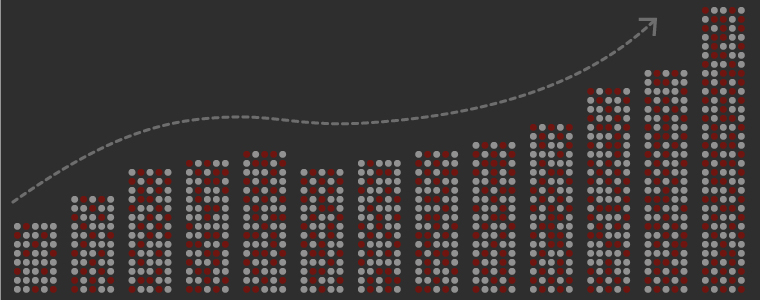Strictly speaking, plural component coatings are nothing new. They’ve been in use in the industrial painting industry since the 1970s. But as demand for the benefits of plural component coatings has increased − benefits such as shorter curing times, less waste, fewer VOCs emitted− the technologies associated with plural component spray systems have also made advances.
This increased demand for heavy-duty, plural component coatings has led to rapid improvements in the methods used to apply them. While some plural component spray systems have become easier to use as a result of technological advances, the capabilities needed to own, operate and maintain these systems have increased dramatically. This has driven the demand for highly professional industrial painting operations that understand how to employ plural component spray systems to achieve the high level of performance owners are coming to expect from their coatings.

Advances in plural component equipment
Many operations still rely solely on the manual, hand-mixed application (sometimes known as “hot potting”) method for applying lower solids coatings to substrates. This method has been in widespread use for longer than plural component systems, so many industrial painters still choose this method simply because they are more comfortable with it. The initial investment in equipment is lower, the systems are easier to use, and the components often come pre-measured to ensure the correct mixing ratio.
Despite the comforts hot potting provides for applicators, the finished product sometimes does not perform as well as it could. The need for more solvents can lead to a lower film build, increased cure time and more VOCs released into the environment. Manual mixing leads to higher labor costs and greater strain on the crew doing the mixing. And because products are mixed beforehand with this method, unused material must be thrown away at the end of the day.
Higher demands placed on the performance of coatings are driving more and more painters to invest in the equipment used to apply them. Those that don’t make the investment are often delivering lower quality work than the ones that do. Once the barriers to adopting more advanced plural component systems are overcome, they deliver numerous benefits for owners, applicators and the environment.
Many now come outfitted with computerized data reporting devices, ensuring owners that their job was executed correctly and providing them with hard data supporting that fact. Faster cure times mean assets are out of commission for shorter periods of time, and there’s less material waste because components are not mixed until the moment before they’re applied. This also means that equipment is easier to clean and maintain because catalyzed material doesn’t clog the system.
Applicators can also be sure of a more even application of the plural component coating. Many advanced plural component systems incorporate auto-shutoff mechanisms if the mixture ratio falls out of balance, giving painters the confidence that the product is being applied in the correct proportion.
Let’s talk
Thomas Industrial Coatings has more than 20 years of experience in industrial painting. Over that time we’ve put in the effort to remain on the cutting-edge of the industry. We’re pioneering new methods and equipment for the application of plural component coatings and linings on project sites at this very moment. If you’re looking to discuss a plural component coatings project, we’d love to hear from you. You can contact us here.


